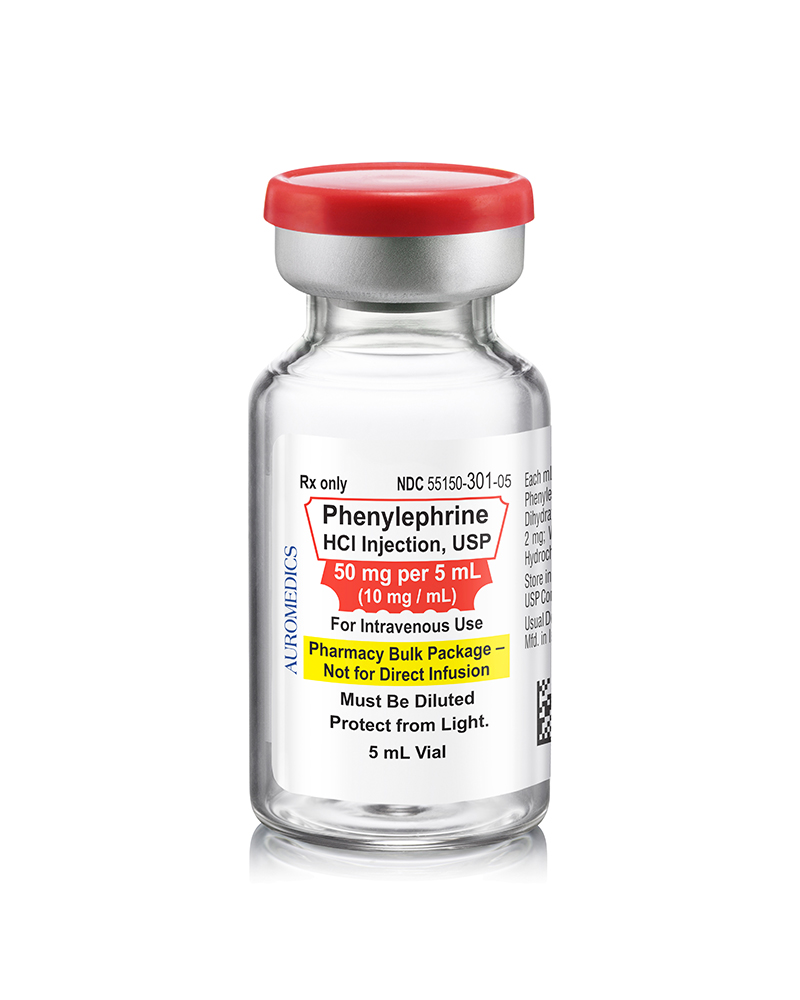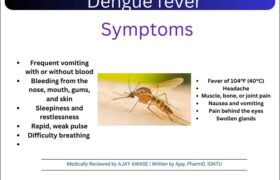271 Pill – Phenylephrine – Uses, Side Effects, and More
The red, round pill with imprint 271 is identified as containing 5 milligrams of phenylephrine hydrochloride. Unifirst First Aid Corporation provides it.
Phenylephrine is a member of the decongestant and vasopressor medication groups and is used to treat nasal congestion, hypotension, allergies, supraventricular tachycardia, and shock. Pregnancy cannot be considered risk-free. The Controlled Substances Act (CSA) does not classify 5 mg of phenylephrine as a controlled substance.
Here’s a table overview for the pill marked “271,” containing phenylephrine:
| Parameter | Details |
|---|---|
| Pill Imprint | 271 |
| Active Ingredient | Phenylephrine Hydrochloride |
| Strength | 10 mg |
| Color | White |
| Shape | Round |
| Usage | Used as a decongestant for relieving nasal congestion in conditions like colds and allergies |
| Mechanism of Action | Works by narrowing the blood vessels in the nasal passages, reducing swelling and congestion |
| OTC or Prescription | Over-the-counter (OTC) |
| Common Brand Names | Sudafed PE, Vicks Sinex, and others |
| Administration | Oral |
| Side Effects | Nervousness, dizziness, sleeplessness, increased blood pressure |
| Contraindications | Should not be used with certain antidepressants (MAOIs) or by people with severe hypertension |
| Warning | Consult a doctor if pregnant, have heart conditions, or have high blood pressure |
| Manufacturer | This may vary, as different manufacturers produce phenylephrine tablets |
Phenylephrine is commonly used as an alternative to pseudoephedrine for congestion relief in cold and allergy products.
| Attribute | Details |
|---|---|
| Availability | Rx and OTC |
| Drug Class | Decongestants, Vasopressors |
| Pregnancy Category | C – Risk cannot be ruled out |
| CSA Schedule | Not a controlled drug |
| Labeler / Supplier | Unifirst First Aid Corporation |
USES
nasal and oral When someone has nasal and sinus congestion from a cold, allergy, or hay fever, phenylephrine is used as a nasal decongestant to open their noses or reduce pressure in their sinuses temporarily. Phenylephrine doesn’t cure the underlying problem or hasten healing, but it can ease some symptoms.
When an adult experiences a marked drop in blood pressure due to vasodilation (widening of the blood vessels), either from anesthesia or septic shock, injectable phenylephrine may be given in a hospital environment to raise blood pressure.
Alpha-1 adrenergic receptors, which are found in the blood vessels of the nose and other areas of the body, are directly stimulated by phenylephrine. This results in vasoconstriction, or narrowing of the blood vessels. This keeps moisture from draining, lessening nasal congestion.
SIDE EFFECTS
The following are the most typical phenylephrine adverse effects:
flushing (heat, redness, or prickling sensation)
appetite loss agitated or ecstatic emotion (particularly in children).
severe adverse effects and cautions
If you have any of the following symptoms of an allergic reaction: breathing difficulties, swelling of your face, lips, tongue, or throat, or hives, get emergency medical attention.
If you have taken or are currently taking a monoamine oxidase inhibitor (MAOI) during the last 14 days (2 weeks), then do not use it.
MAOIs, such as isocarboxazid, linezolid, methylene blue injection, phenelzine, rasagiline, selegiline, or tranylcypromine, are usually prescribed for Parkinson’s disease, depression, psychiatric or emotional disorders, or for two weeks following the cessation of an MAOI medication. Ask if the medication you are prescribed has an MAOI if you are unsure.


